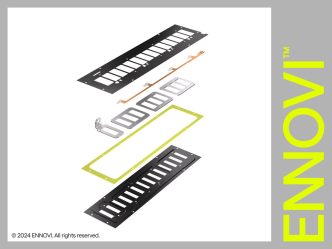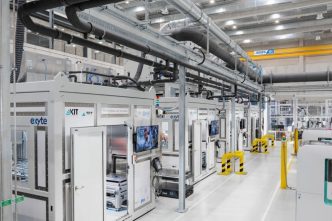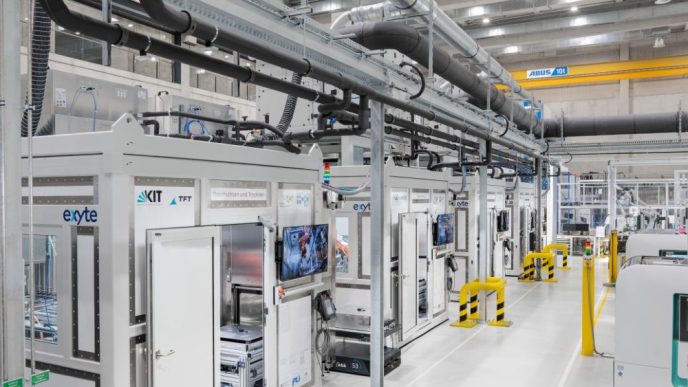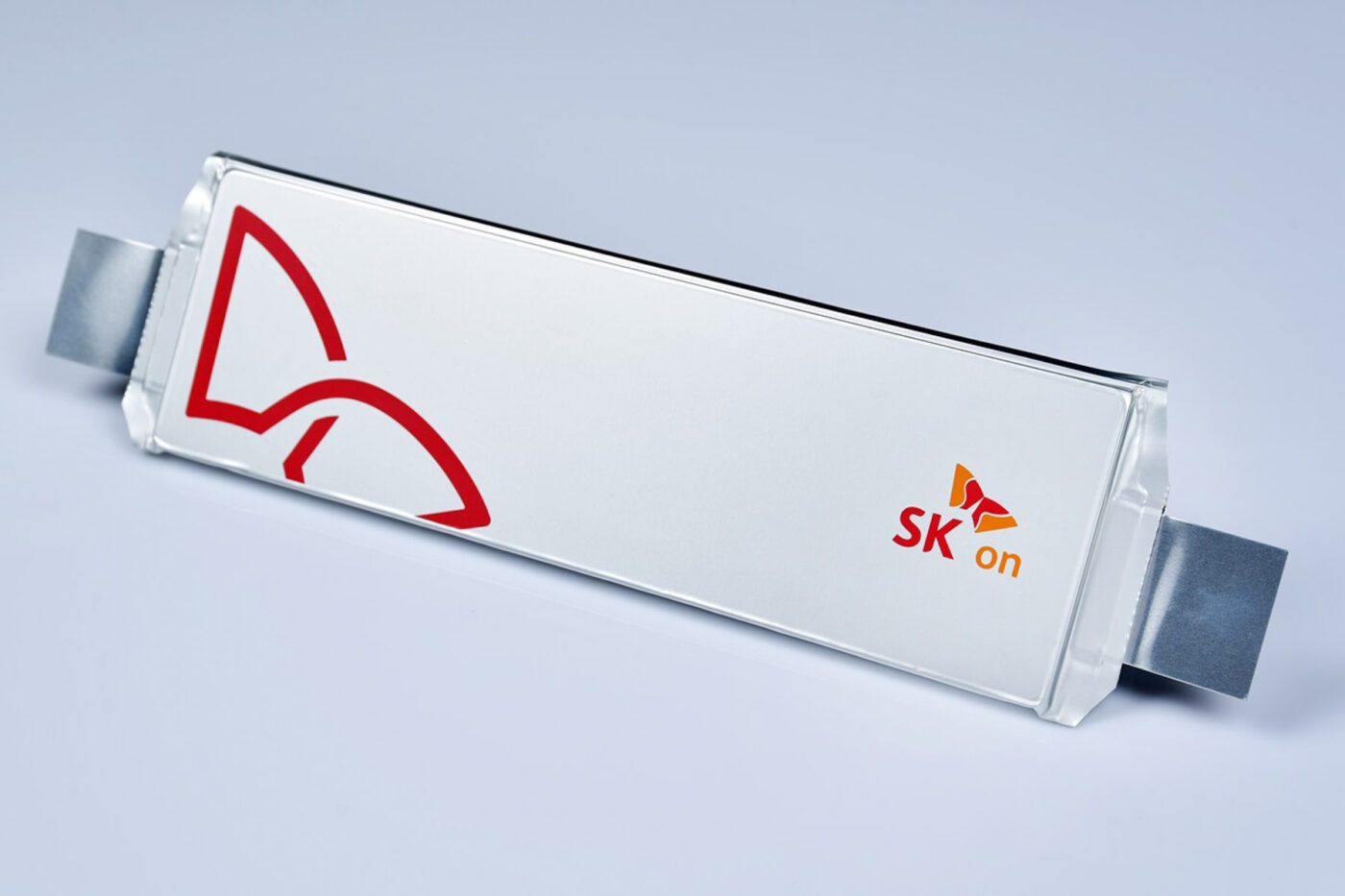ENNOVI has expanded its battery cell contacting systems with the introduction of the ENNOVI-CellConnect-Pouch. This new system is tailored for battery manufacturers that prefer the pouch cell form factor, focusing on cost-effectiveness, expedited manufacturing cycle times, and enhanced safety features during thermal events.
The ENNOVI-CellConnect-Pouch prioritizes several key factors: it aims to reduce production costs and cycle times while providing protection against thermal runaway through advanced lamination and flexible die-cut circuit (FDC) technologies. “With the ENNOVI-CellConnect-Pouch cell contacting system, we offer battery manufacturers a fully vertically integrated production solution, enabling us to produce a part at a lower cycle time using hot lamination,” said Gustavo Cibrian, Product Manager at ENNOVI.
He emphasized that the system’s design eliminates the need for traditional plastic cell carriers made of glass-reinforced plastic, along with the associated carrier storage and molding lines, and the heat staking process.
ENNOVI’s advanced lamination technology enhances the structural integrity and durability of battery packs. By utilizing FDC technology for low-voltage signal traces instead of conventional flexible printed circuits (FPCs), the new system significantly cuts production time and costs while minimizing environmental impact.
The design features an upper dielectric layer that incorporates the FDC copper traces, while the lower layer is pre-cut to match the shape of the current collectors. Both layers utilize automotive-grade polyimide (PI) or polyethylene terephthalate (PET) materials, which provide excellent electrical insulation and temperature stability.
These two layers are laminated together with integrated fuse traces or surface mount fuses and negative temperature coefficient (NTC) temperature sensors positioned between them.
This streamlined approach not only optimizes material usage but also contributes to a thinner design, ultimately enhancing safety by facilitating rapid gas exhaust during thermal events.











